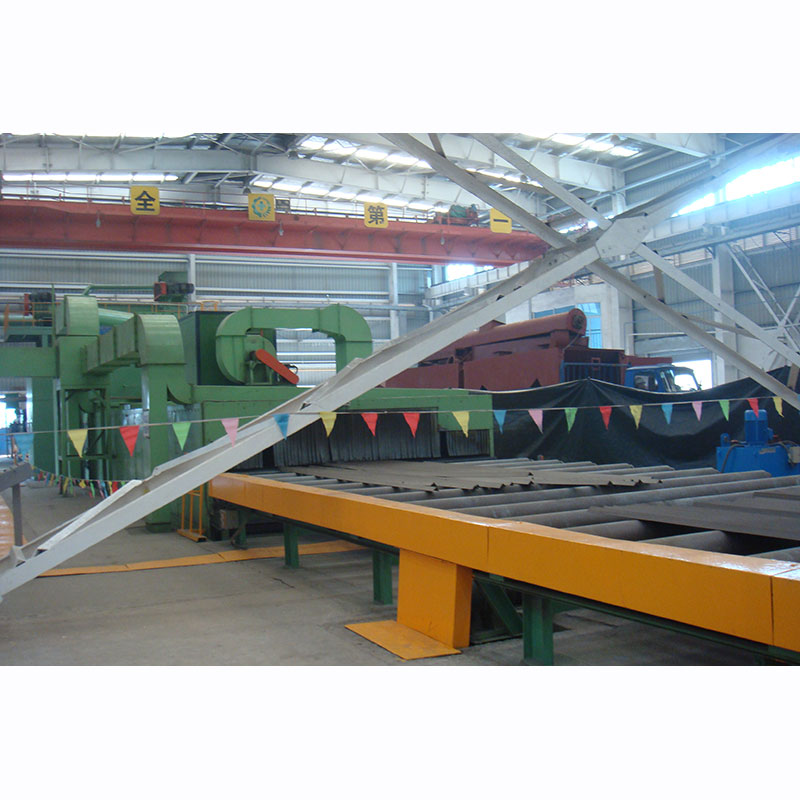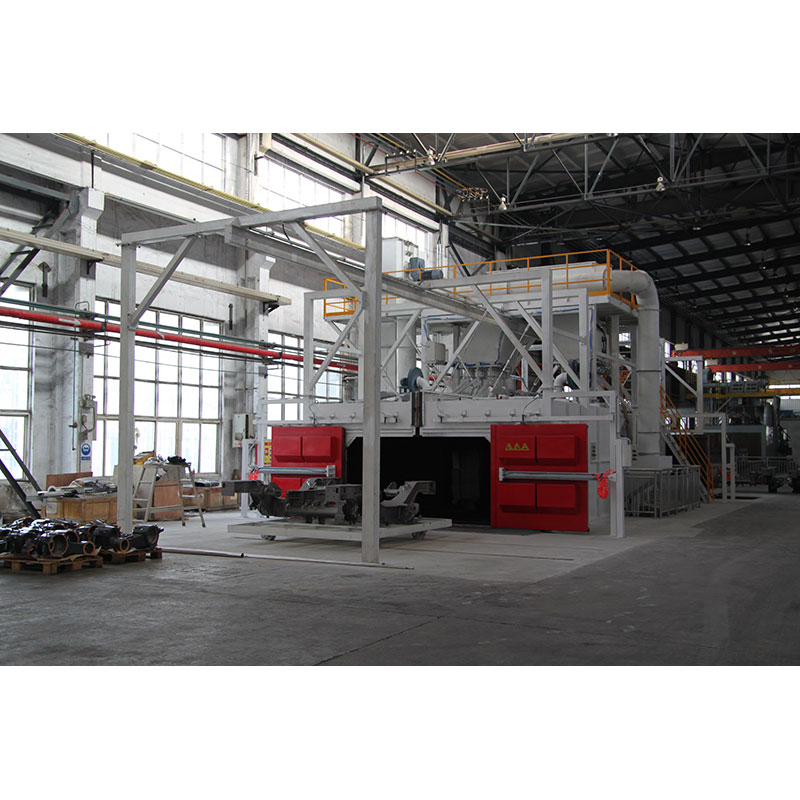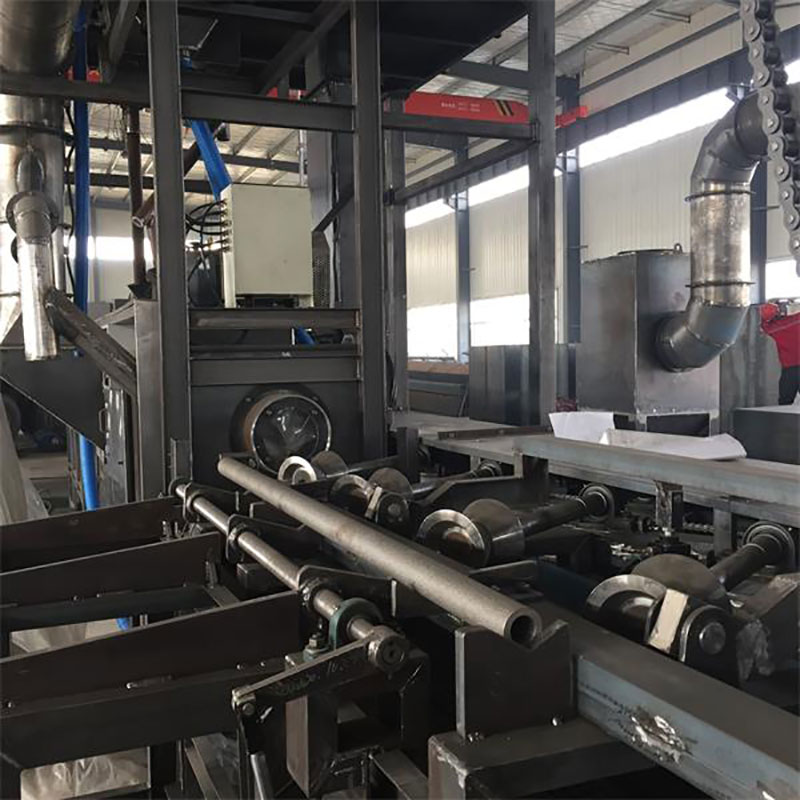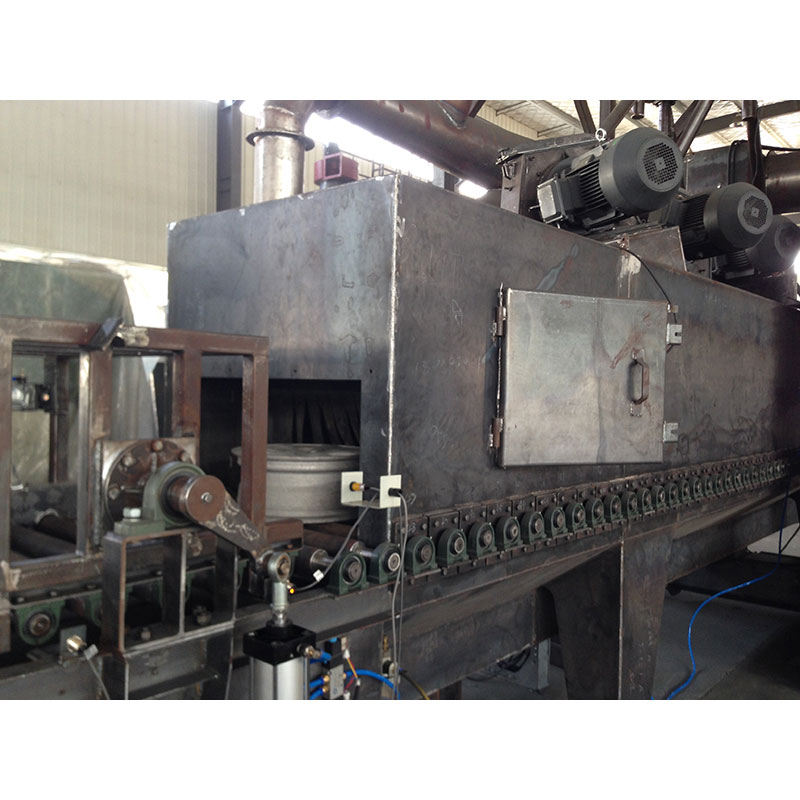Shot blasting and sandblasting are both methods used for surface preparation, but they differ in the abrasive material used and the process involved.

In shot blasting, small metal particles, called "shot," are propelled at high speeds onto the surface to be cleaned or treated.
The shot particles are typically made of steel, aluminum, or other metallic alloys.
Shot blasting is highly effective for removing rust, paint, scale, and other surface contaminants from metal surfaces.
It is commonly used in industries such as automotive, aerospace, shipbuilding, and construction.
Shot blasting is also used for surface profiling, creating a textured surface for better adhesion of coatings or paints.

Sandblasting involves the use of abrasive materials, such as silica sand, garnet, or aluminum oxide, which are propelled at high velocity onto the surface to be treated.
Historically, sand was commonly used as the abrasive material, but due to health concerns related to silica dust exposure, alternative abrasives are often used today.
Sandblasting is effective for removing paint, rust, scale, and other surface contaminants from various materials, including metal, wood, concrete, and stone.
It is widely used in industries such as manufacturing, construction, restoration, and automotive.
Sandblasting can also be used for surface etching or engraving, as well as for creating decorative effects on glass or metal surfaces.
In summary, while both shot blasting and sandblasting are abrasive blasting methods used for surface preparation, shot blasting employs metallic particles propelled at high speeds, whereas sandblasting uses abrasive materials such as sand or alternative media. The choice between the two methods depends on factors such as the material being treated, the desired surface finish, and environmental or health considerations.
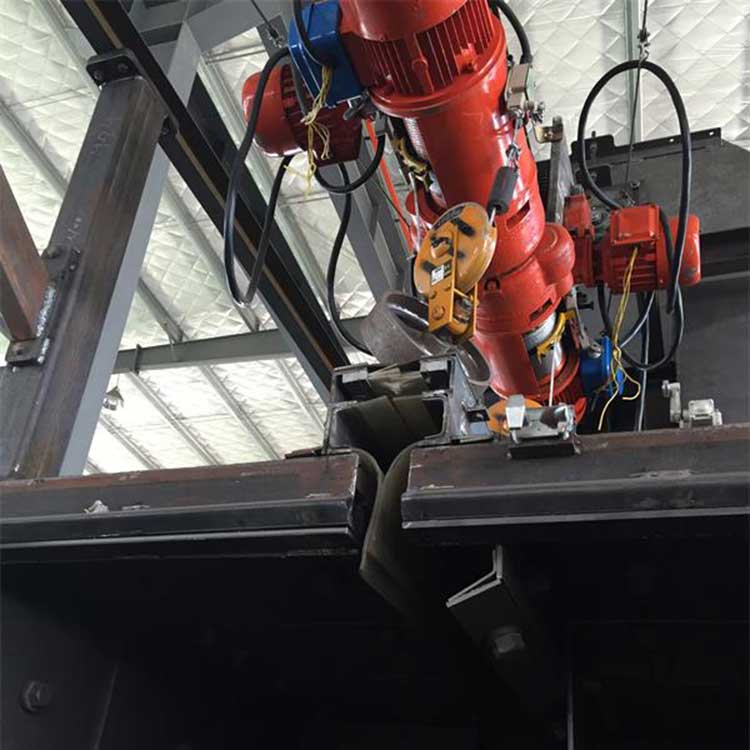
 English
English  Español
Español  Português
Português  русский
русский  Français
Français  日本語
日本語  Deutsch
Deutsch  tiếng Việt
tiếng Việt  Italiano
Italiano  Nederlands
Nederlands  ภาษาไทย
ภาษาไทย  Polski
Polski  한국어
한국어  Svenska
Svenska  magyar
magyar  Malay
Malay  বাংলা ভাষার
বাংলা ভাষার  Dansk
Dansk  Suomi
Suomi  हिन्दी
हिन्दी  Pilipino
Pilipino  Türkçe
Türkçe  Gaeilge
Gaeilge  العربية
العربية  Indonesia
Indonesia  Norsk
Norsk  تمل
تمل  český
český  ελληνικά
ελληνικά  український
український  Javanese
Javanese  فارسی
فارسی  தமிழ்
தமிழ்  తెలుగు
తెలుగు  नेपाली
नेपाली  Burmese
Burmese  български
български  ລາວ
ລາວ  Latine
Latine  Қазақша
Қазақша  Euskal
Euskal  Azərbaycan
Azərbaycan  Slovenský jazyk
Slovenský jazyk  Македонски
Македонски  Lietuvos
Lietuvos  Eesti Keel
Eesti Keel  Română
Română  Slovenski
Slovenski  मराठी
मराठी  Srpski језик
Srpski језик 

